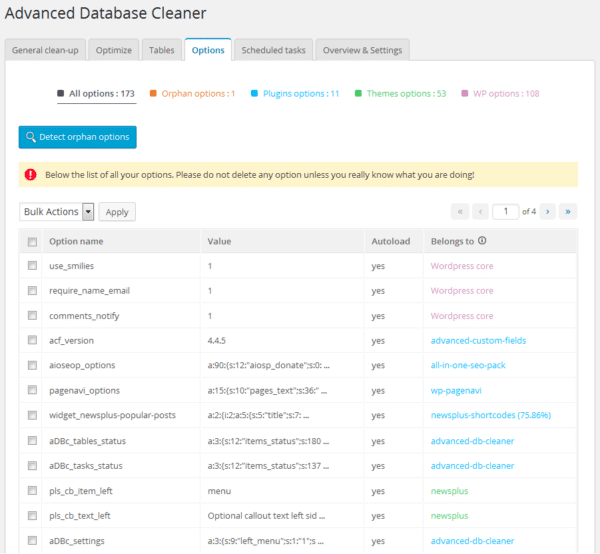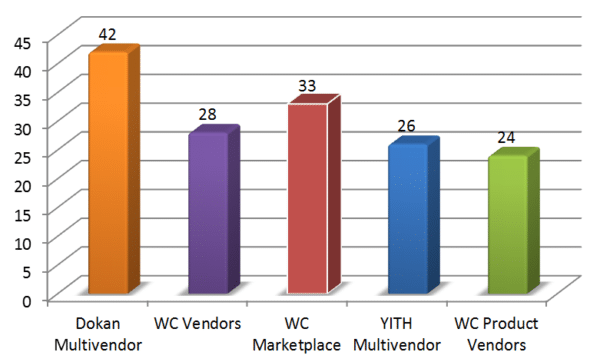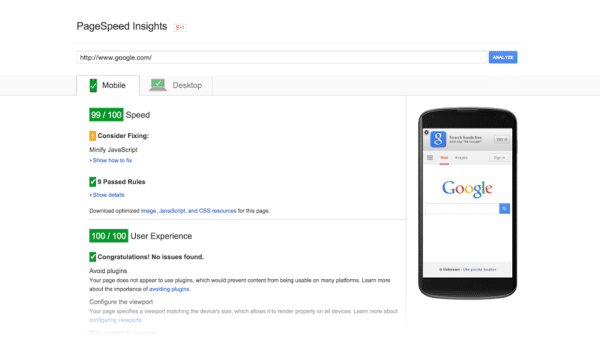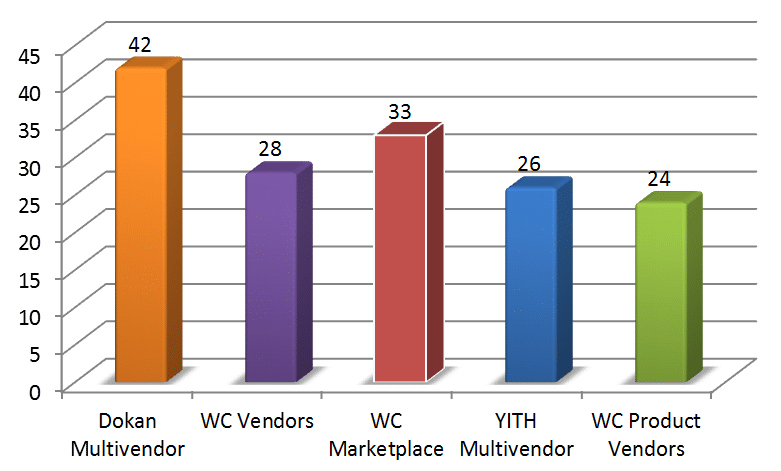Plugin Recommendation: Advanced Database Cleaner

Sallie recommends WordPress Advanced Database Cleaner by Sigma Plugins ($19.90 lifetime for one site; licenses for multiple sites available). Any WordPress site that’s been around awhile has accumulated clutter in the database. This plugin helps you identify orphan tables (left behind by plugins you uninstalled) and orphan options (ditto), as well as performing the standard database cleanup functions. Back up your database before cleaning up either tables or options, as you can bork your whole site if the plugin labels something as an orphan when it’s actually in use by a current plugin or theme. In fact, it’s a good idea to run this on a local install and then port the cleaned-up database back to the live site using something like UpdraftPlus or WP Migrate DB Pro.
How long should it take me to build a WooCommerce Marketplace?

Tom Cusack first got the idea for his multi-vendor e-commerce marketplace in 2015, but the site he paid thousands for doesn’t work the way he wants it to. He wanted to know how long it would take to build a site like this. He has already worked out the different requirements (taxes, shipping, etc.).
To build a WooCommerce site yourself as a relative beginner, including choosing and setting up the plugins and adding the product descriptions and photos, would take 3-4 months at an optimistic estimate. A person experienced with building WooCommerce sites, given all the photos and content and a list of requirements, could do it in less than half that time.
But building a marketplace, where others can sign up to sell their products, is an order of magnitude more complicated. And although there are many plugins designed to turn WooCommerce into a multi-vendor marketplace, very likely none of them will work exactly the way you want. That means either you hire a developer to write some custom code for you, or you live with a site that’s almost what you want.
WooCommerce Marketplace Plugins
WeDevs has a recent list of the Best WooCommerce Multi Vendor Plugins for WordPress. It includes free and paid options, with a feature comparison chart. Their top choice is Dokan Multivendor (free) (pro), which they make themselves. (They might be just a tiny bit biased.) Their least favorite is actually the official Product Vendors plugin from WooCommerce.
CodeinWP also has an article about How to Create a Physical Product Marketplace Like Etsy (on WordPress) with WooCommerce and WC Vendors (free) (pro).
They have another article about the 5 Best eCommerce Platforms for Multi-Vendor Marketplaces that discusses using the Easy Digital Downloads Marketplace Bundle, and the Marketify theme from ThemeForest. That would only work for digital goods, and the EDD Marketplace Bundle is more expensive than any of the multi-vendor plugins for WooCommerce. (Be aware that you might need more than just the multi-vendor plugin for your WooCommerce, site however.)
How do I decide which theme is right for my wife’s site (Little Imaginarium)?

Ayinde’s wife recruited him to manage her Little Imaginarium website, and it’s time for a change. The old site isn’t responsive and has some other issues. It uses the Acuity service for scheduling and the All-in-One Event Calendar to display events.
Every developer has a preferred framework or starter theme, and one is not necessarily better than another. It’s 2017: almost all WordPress themes are responsive. Your choice of theme depends mainly on the purpose of the site and the type of content you need to display. What you don’t want is a theme that comes bundled with plugins: they add bloat and can be a security risk. Install plugins for sliders, galleries, events, testimonials, and so forth separately, so that you can change themes without breaking the site completely.
Meetup members agreed that it would be worth spending the money to consult an expert for an hour or two to do a site review and make recommendations, not just for a theme but for plugins, information architecture, etc. Having the help of an expert can save you a lot of time, and if you make money from your WordPress site, you should be willing to spend money on it. Anca & Pieter’s Weekly WordPress Support Group can also offer help, in a more limited fashion.
My PageSpeed Insights score is still low even though I changed hosts, optimized images, and improved load time. What can I do?

See Sonja London’s presentation on performance from the October 2016 Meetup. Sonja points out that some of what the scoring sites (PageSpeed Insights, Pingdom Tools, GT Metrix) measure is not very useful, and they don’t measure some things that do matter. The thing that’s going to make the most difference is the actual page load time. If you can keep that below 2 seconds, don’t worry too much about anything else. You can use a plugin like Autoptimize to relocate render-blocking JS and CSS, but be aware that sometimes scripts have to load early for the site to work.






Leave a Reply